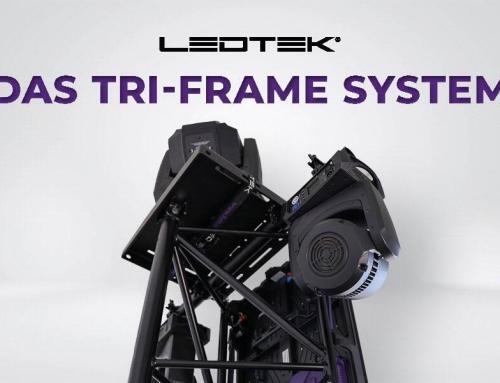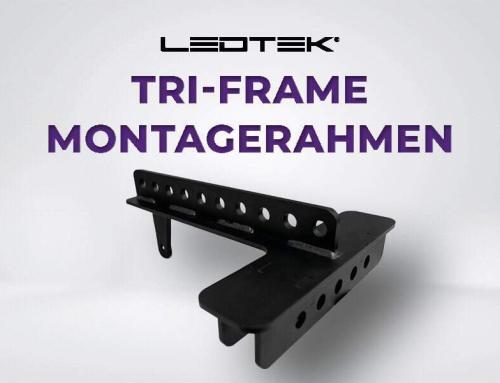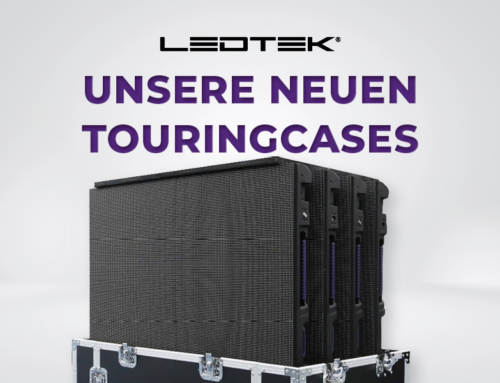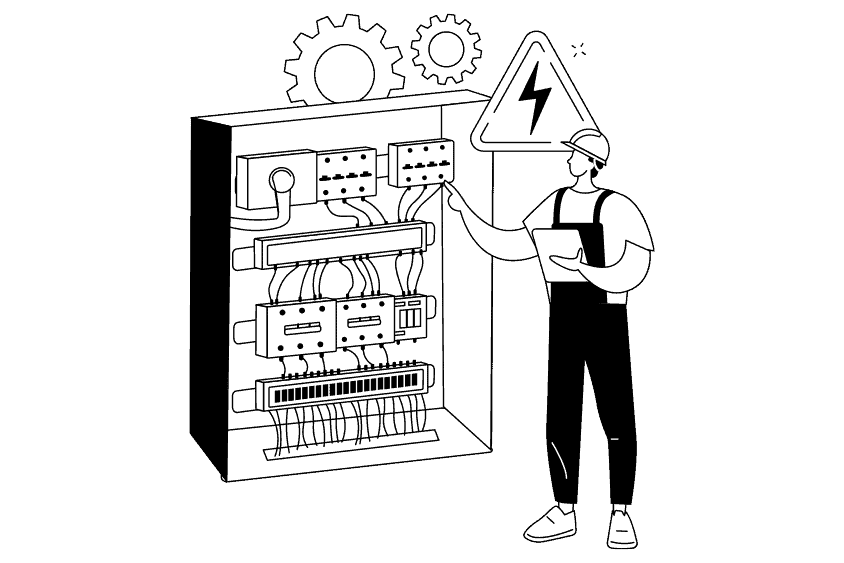
Technically, we calculated the power consumption of our LED cabinets correctly. Nonetheless, when you try to switch it on, the circuit breaker blows? In this article, we want to explain how the power consumption of our LED cabinets is designed and why the fuse still blows even though we calculated everything correctly.
Calculation of the power consumption
Let us work with the maximum number of 10 LED cabinets that you want to provide with power. Two cabinets correspond to a size of 1m2, we want to figure out the maximum power consumption for 5m2 of our LED cabinets in this example. We can calculate with a maximum power consumption of ca. 700 Watt for 1m2. A theoretical number that will only come up if pure white is displayed on the highest brightness. Per m2, the consumption is in reality between ca. 120 to 160 Watt. With a 5m2 big LED wall we are however assuming a maximum power consumption of 5m2*700 Watt = 3,500 Watt.
Does this match the number that a 16A fuse can withstand?
Usually, the circuits of the devices are secured with a 16-ampere-circuit breaker. At 16 ampere and the voltage coming from the socket of 230 volts, this results in a maximum output of 16 A * 230 V = 3,680 watts. Compared with the maximum power requirement for 10 LED modules of 3,500 watts, the fuse should not actually blow. Especially as these 700 watts per m² are usually not even reached and the buffer for maximum utilisation is thus further increased.
Nevertheless, this happens again and again.
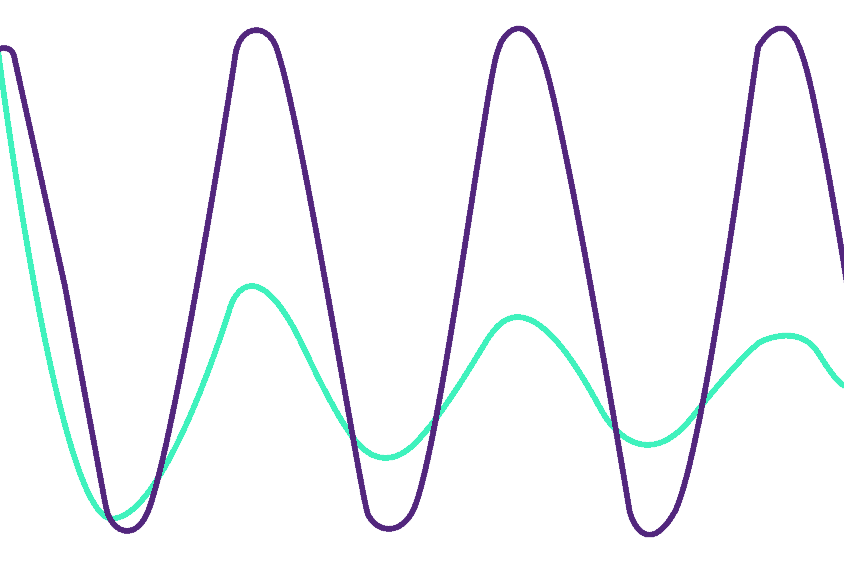
Inrush current too high
So how does this overloading of your own line occur? This is because the inrush current when using switching power supply units is higher than the rated current of the power supply unit during operation. The charging of the input capacitors required to operate the power supply units causes a very high inrush current for a short time, which overloads our line. A period of milliseconds when switching on therefore ensures that the fuse blows despite the correctly calculated current requirement. If the switched-mode power supply has not been in operation for some time, you can therefore expect a temporary peak voltage that exceeds the actual current requirement.
At this point, we recommend using a 16A fuse with a C/D tripping characteristic. These are set to an excessive inrush current and can withstand a multiple of the voltage in the first milliseconds. In the case of a type C, we are talking about 10 times at <0.1 seconds and 5 times at 0.1 to 15 seconds, which a 16A fuse can withstand. With the D, we are even talking about double the value in each case. With the right equipment, the inrush current problem can therefore be overcome in the long term.
We would like to thank Production Partner for their informative text on the subject of ‘Taming inrush currents’. Have a look there for more information!
LEDTEK customer service
If you would like to find out more about us and our LED walls, you can access our product shop via this link. Do you still have questions? Benefit from our easy-to-use service portal, our 3-year guarantee and our 48-hour spare parts service. Or are you considering purchasing an LED wall? We will be happy to advise you! Simply give us a call at +49 551 492 493 44 or send us an email to vertrieb@ledtek.de.

